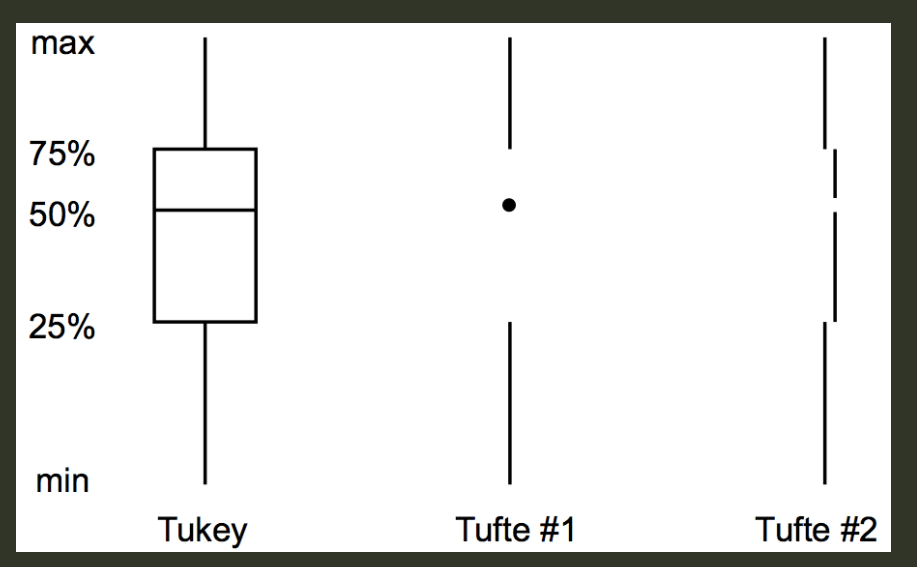This modality can either be appearance based or infrared based
Gaze
Comparing 2 versions of something to see which is better is an example of this type of testing
A/B Testing
This is what you call the pixel where movement begins
Prime pixel
It's important to look at user needs as these parts of speech
Verbs
These are three variables that can be ordered:
- Value, Hue, Shape, Position, Orientation, Size
Value, Position, Size
This is one issue regarding participant data when taking a big data approach to HCI
Integrating multiple modalities that measure similar data can be described as this type of fusion
Data-level Fusion
Alternative Hypothesis
H_1
A pie menu may be good on the surface according to Fitts' Law, but may have this issue in practical use
They are relatively unused and unfamiliar to users
actionable
It is the word that fills in the blank: "Designing for simplicity is a process of ___ , not accretion"
elimination
An example of this research contribution is a concept that provides a descriptive vehicle for thought
Theoretical
This model describes the combination of modalities at an interaction engine level, with either combined or independent fusion and sequential or synergistic use.
CASE model
This is one downside of within-subject design
Carry-over effects OR learning effects
The first phase in a mouse movement to a target is known as this, and is fast and relatively rapid
Initial Movement
A user-need statement consists of three parts: a user, need and this.
If attention can be focused on one level of the variable, excluding other variables and levels, then we say it has this type of perception
Selective Perception
This type of contribution can usually only be done when the field has existed for a few years
Survey
The user-machine interaction level can be seen through the CARE model, with these four properties
Complementarity, Assignment, Redundancy, Equivalence
Factorial ANOVA
The law of the infinite edge states this about the size of a target
Infinite size
When a user-need statement is well crafted, these sorts of insights may come about, which could help with prototyping and creating less friction
Metrics of success
This test is useful for seeing how apparent the contrasts we've established are
Squint Test
HCI Researchers are often put in a position of evangelism or advocacy due to this reason
They must convince developer of the importance of human—centres design
Decision-Level Fusion
"How does user satisfaction change over time (1 week, 2 weeks, 1 month) for users using the grid layout in the Booking app?" is an example of this type of ANOVA
One-way Repeated Measure ANOVA
This is the index of difficulty (ID) for a button that is 12cm away and 3cm long
3 bits
This is the first step to creating a user-need statement
Define the scope

The diagram above is an example of these two design principles clashing with each other
Simplicity and Contrast